Lens Filters and Landscape Photos
![]()
In this article, I’ll discuss how I use lens filters in my landscape photography. Chiefly I use filters when I want to smooth the water in a waterfall, shoot long exposures, or balance the light in a scene.
How water should look in an image is subject to endless discussions and depends on one’s personal preferences. I prefer smooth water…. or water with some textures which demands exposures at around 1/4s.
Water in motion creates wind, which means that foliage close to a waterfall (for instance) begins to move, which again results in blurry exposures. The antidote is to shoot a second fast exposure for the foliage and then blend the two images in Photoshop. For waterfalls, I usually prefer the NiSi 6-stop filter.
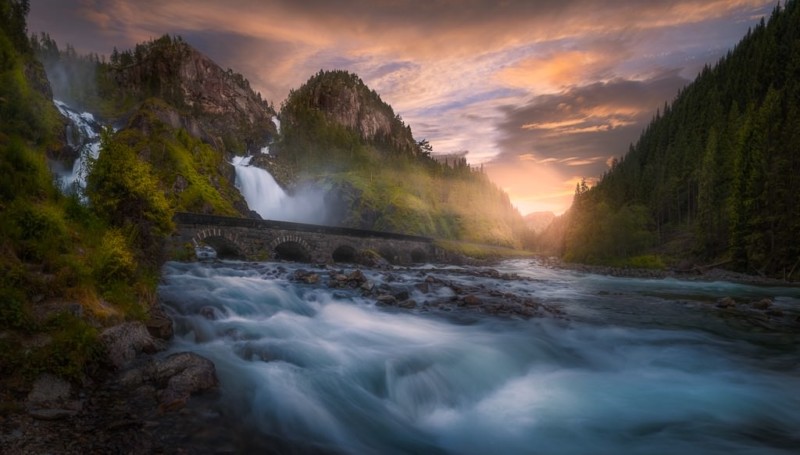
Norway offers a rich variety of waterfalls.
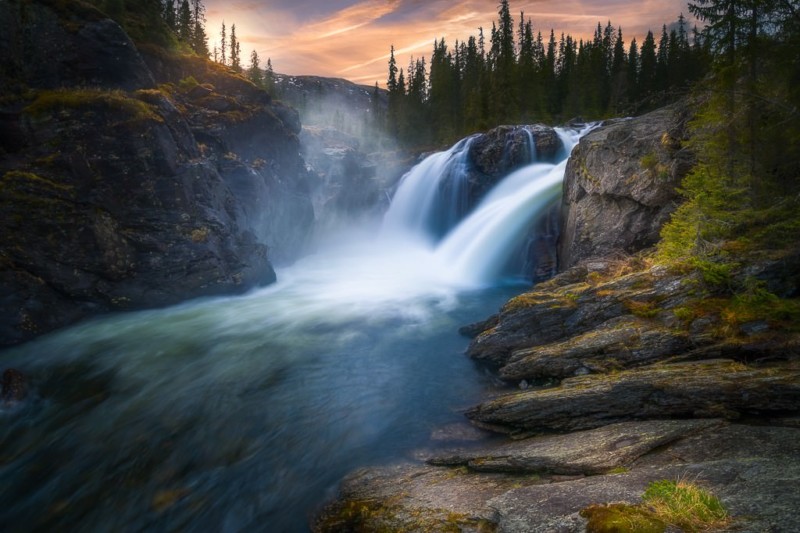
When I got my first full frame camera and filters in late 2013, I completely fell in love with long exposures and the surreal feel they offer a scene. For almost six months I only did long exposures, and when I one late April evening in 2014 dropped my 10-stop filter in a lake I almost went nuts from rage and frustration envisioning this as the end of my short life as a photographer. The next day I showed up with swimming goggles and dived for the filter. It was madness doing that all alone in the freezing cold water.
Inserting a NiSi 10-stop filter in front of the lens equals doubling the exposure time ten times to find out how long the camera should be running. I first try to decide the exposure time without the filter. Let’s say I arrive at that 1/8 of a sec will give me a decent exposure. I then insert the filter, start the camera and begin to count: 1/4, 1/2, 1, 2, 4, 8, 15, 30, 1 min, 2 mins. In other words, I stop the exposure after 2 mins. It’s a great advantage to use a remote for long exposures to avoid any camera movement.
After I got the Pentax K-1, and now the K-1 Mark II, I leave all the math to the camera. With a very accurate histogram in Live View even when it is dusk with a 10-stop filter mounted, and further, with a timer in Bulb mode I these days simply let the camera do the job.
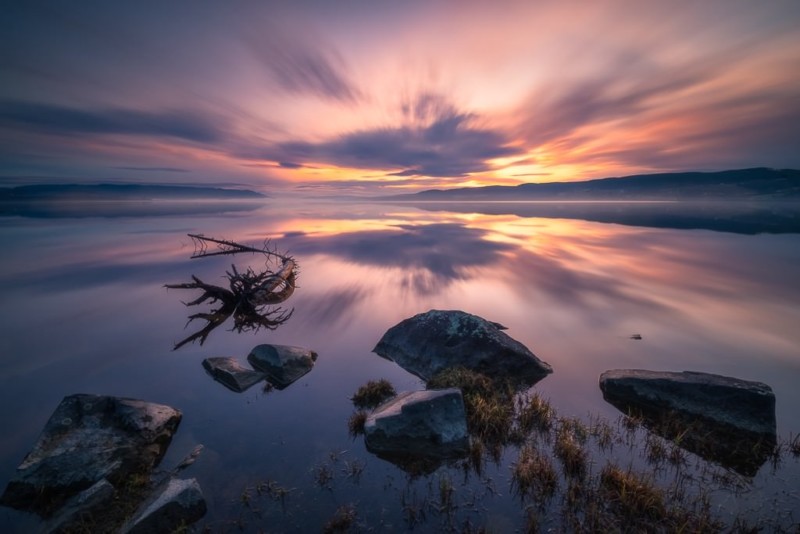
Often it is difficult to predict what the outcome will be when starting a long exposure. However, quite often I am very pleased with the resulting image.
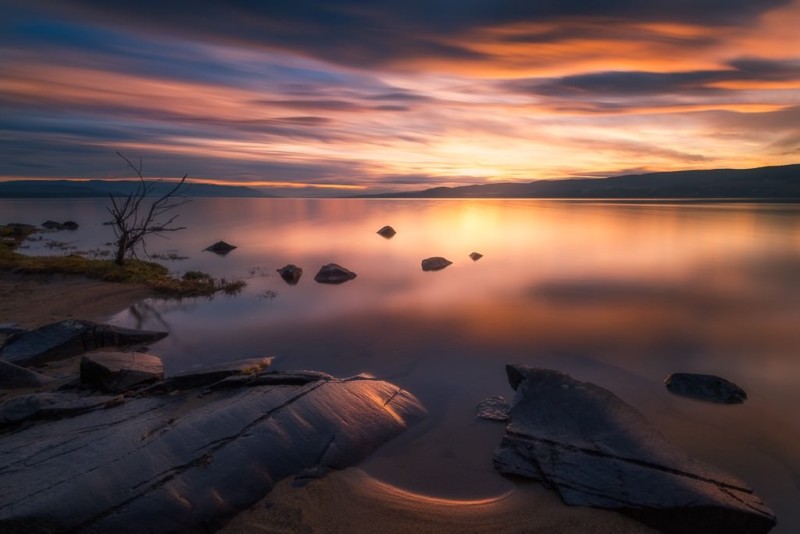
To protect the highlights is vital when doing long exposures — and of course other types of landscape photography. This past year the NiSi Medium filter has been my first choice in that regard. With uniform density and a rather modest transition zone to transparent, it does a fabulous job in providing me with well-balanced exposures. The traditional soft filter has a transition zone that goes all the way from the middle to one of the ends. In other words, it is darkest at the top which is a different way of saying that a sky always becomes brighter and brighter the higher we get — which isn’t true at all.
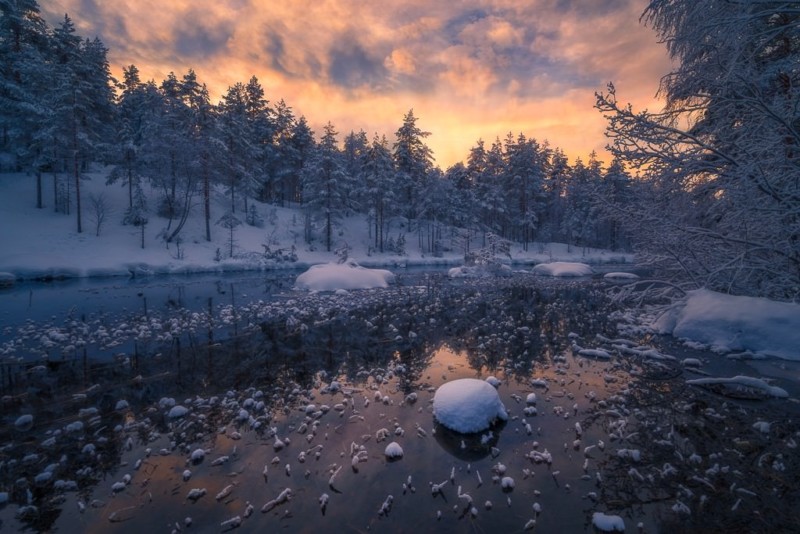
NiSi produces filters made from glass of such an optical quality that I never have any loss of details. Yes, I have zoomed far into images to compare with images shot without any filters. No color cast is yet another good argument for using NiSi. Various nano coatings make it easy to clean the filters and the coatings also reduce flare when shooting into the sun. I also find their filter holders utterly brilliant.
Wouldn’t you like to have a filter holder with a polarizer that can be adjusted even after you have stacked the filter holder to the brim with filters? A system that only takes seconds to mount to the lens and which offer a vignetting free environment even when shooting ultra wide angle? I, assuredly, would like such a system.
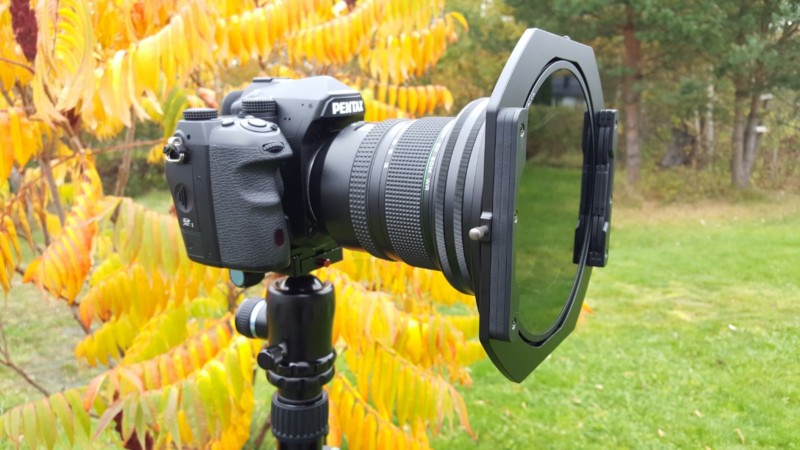
Sometimes things happen so fast or the light is so special that I opt to shoot bracketed. These days I simply let Lightroom do the blending for me — the HDR option. Remember to uncheck toning to avoid an HDR look. In a very short time I have a file with an incredible dynamic range, and I usually have a much better blend than what is possible to do by hand. Like this one:
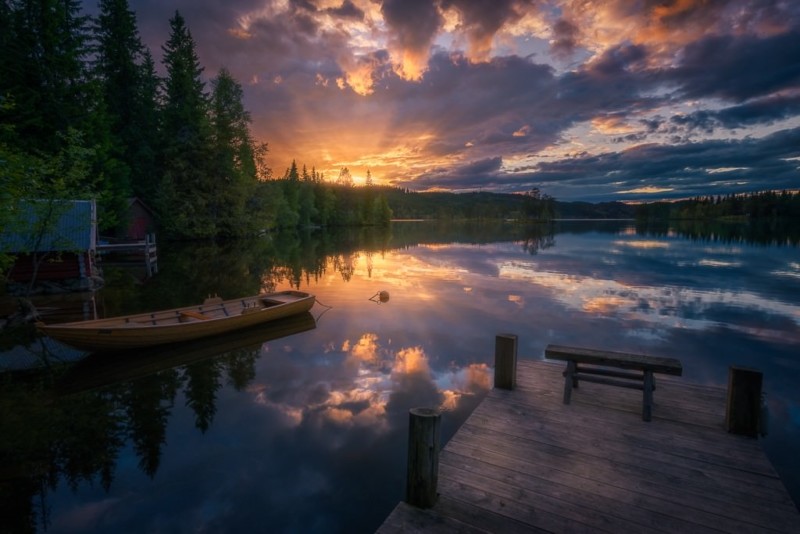
The scene was extremely contrasty and the light above that hill was very strong powered by the setting sun. In this instance, I do not think a filter alone would have saved the image.
In the following example I opted to use the NiSi S5 with a NiSi Medium to get a balanced exposure where the polarizer was adjusted in such a way that it enhanced the reflections:
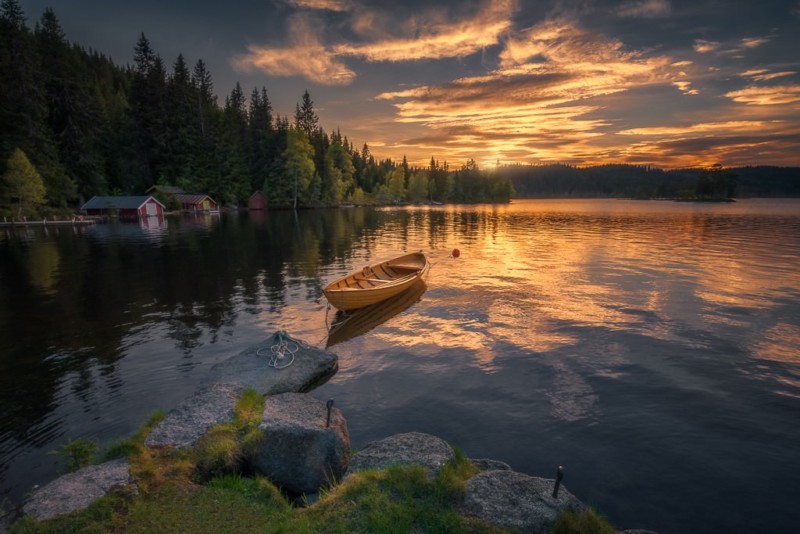
I have also experienced scenes with such a wide dynamic range (very dark shadows and very bright highlights) that I have opted to shoot bracketed with a NiSi Medium filter mounted in front of the lens.
![]()
I hope you found this article illuminating!
About the author: Ole Henrik Skjelstad is a landscape photographer and math teacher from Norway. The opinions expressed in this article are solely those of the author. You can find more of Skjelstad’s work on his website, Flickr, 500px, and Instagram. This article was also published here.